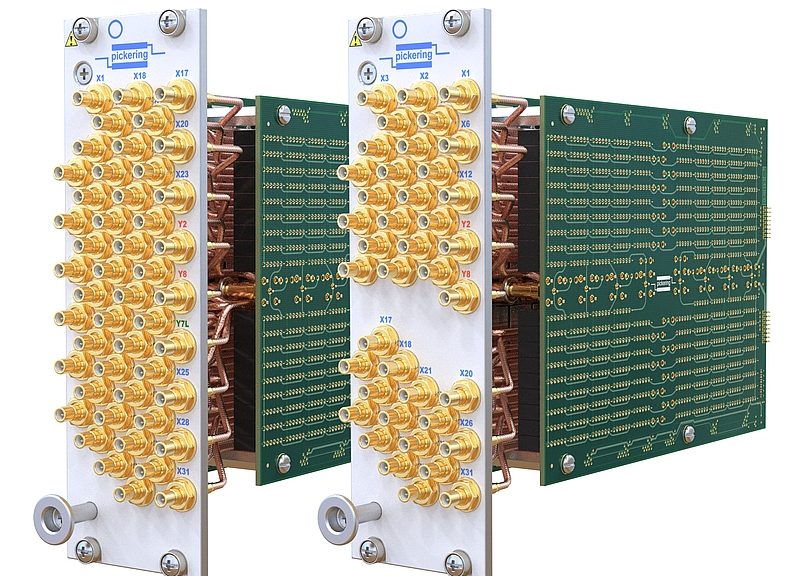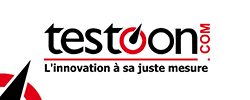- Pickering Interfaces, a provider of modular switching and signal simulation solutions for electronic test and validation, offers new integrated RF matrix PXI modules with a 32×8 topology.
- The 4x-724 family modules allow for a 33% increase in matrix density per slot in the PXI chassis.
- The PXI 40-724 and PXIe 42-724 series modules have a 300 MHz usable bandwidth for models without a chaining loop.
These modules have options with Y-axis chaining ports for applications requiring matrix expansion. Four matrix sizes are available: 16×4, 16×8, 32×4 and fully populated 32×8. Chained enabled options are provided for each matrix size. The loopback ports are connected directly to the array. This, unlike other RF matrix products, allows for the creation of X-to-X signal paths between boards when cascading multiple modules, according to Pickering.
“This family of matrix modules builds on Pickering’s existing RF matrix technology to increase the maximum 32×8 matrix size for use in 50Ω test applications. The increase in density, which is a marked improvement over existing products, enables the production of complex switching systems while occupying only two chassis slots,” notes Steve Edwards, switching product manager at Pickering Interfaces.
The 4x-724 RF matrix modules feature ruthenium-sputtered reed relays for long life. In addition, the reed relays have an operating time of only 0.5 ms (typical), significantly shorter than electromechanical solutions, minimizing test cycle time.
Depending on the model, the modules are available with a control interface in PXI or PXIe format. All variants use standard SMB connectors.
All modules in the 4x-724 family are supported by Pickering’s eBIRST switching system test tools, which can be used for preventive maintenance testing to determine if relays are approaching their end of cycle. In addition, the eBIRST tools allow for rapid fault detection, minimizing system downtime. Pickering’s connection division also offers standard and custom cable solutions that can facilitate module integration into the test system.






